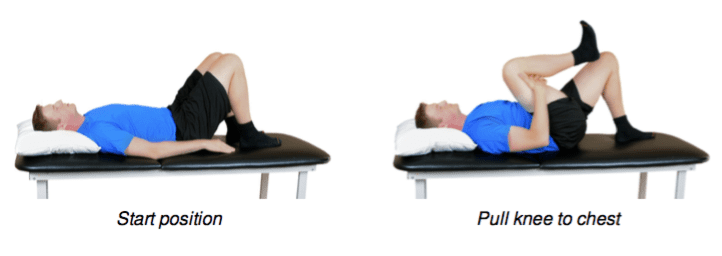
5 Tips to Manage Low Back Pain
5 Tips to Manage Low Back Pain
It can be confronting to be struck with a sudden onset of acute low back pain. The disabling pain and immobility often generates catasrophising thoughts about permanent damage and the requirement of surgery. Fear not, low back pain is extremely common, affecting up to 85% of people at some stage in their life. The good news is that the vast majority of low back pain episodes settle within weeks. Click here to read more about low back pain or continue reading for five simple tips to ensure you control your back pain rather than letting your back pain control you.
1. Consult an experienced and qualified physiotherapist ASAP
Back pain is one of the most common presentations at our clinic and believe it or not, we know a thing or two about it. Following the general tips below will help, however a specific management plan for your particular injury will ensure you recover as quickly as possible.
2. Use a heat pack
The debate over heat or ice will continue but here is what we’ve learnt from research and experience. Acute low back pain is often caused by structures that lay deep beneath our skin, fat and muscle. Irritation of these structures creates an element of muscle spasm, causing increased pain and immobility. The application of heat is very effective in easing muscle spasm, reducing pain and improving movement. Some will recommend ice however it is important to recognize that the cooling effect of ice is unlikely to penetrate deep enough to have an effect on the injured structures. It will however cause a restriction of blood flow to the superficial muscles, often resulting in increased spasm and stiffness. Apply the heat pack for 15-20 minutes every hour or two and ensure you don’t burn yourself.
Heat or Ice for Pain and Injuries
3. Relative Rest
Gone are the days of prescribed bed rest, however it is important to understand you’ve suffered an injury and an inflammatory response is likely occurring. After injuring an ankle, you would stop running to prevent further injury and allow normal healing. Your back is no different! If you attempt to soldier on in the first few days post injury, the weight of your upper body is likely to stress the inflamed area and prolong your healing time. It is generally a good idea to spend some time horizontal – side lying is usually the safest but don’t forget to stand up regularly and walk around for short periods.
4. Avoid aggravating positions and movements in the short term
Ok this sounds obvious but you’d be surprised how often we need to tell people. If it hurts to bend, don’t bend. If it hurts to sit, don’t sit. Avoiding these aggravating positions and movements in the short term will assist your injury to settle and allow you to resume normal activities faster.
5. Movement is key
Joints and muscles love moving. The longer you remain immobile, the stiffer you’ll get. Think about how you feel first thing in the morning. Here are some simple back exercises to keep you mobile, without stressing your injury. Make sure you perform them within your comfortable limits and stop if you experience any pain.
Cat and Camel

Knee Rocks

Knee to Chest

As always, please contact our friendly and experienced Duncraig physio at My Physio Perth on 94476152 or duncraig@myphysioperth.com.au if we can be of any further assistance.